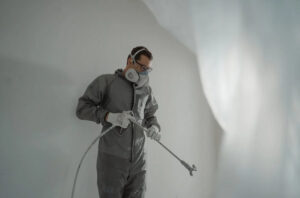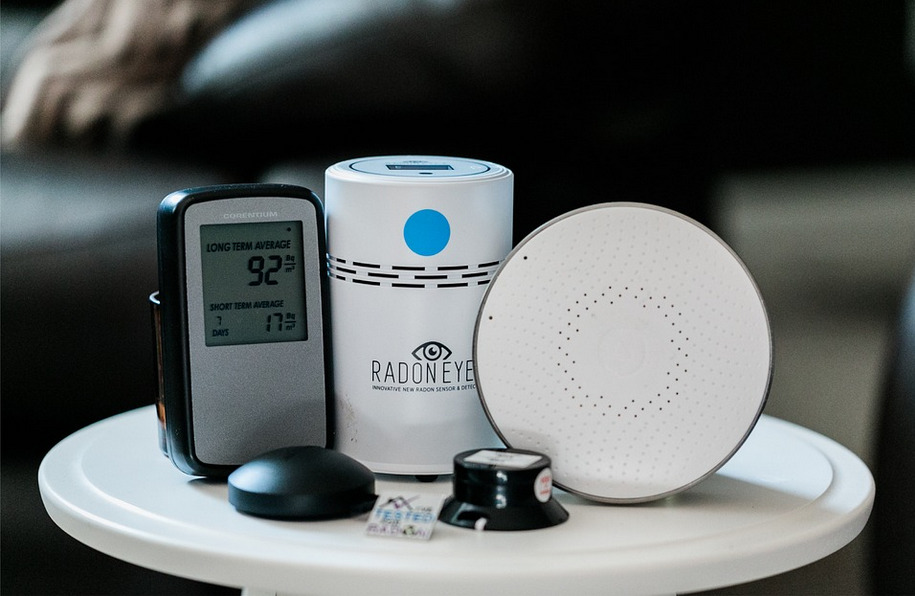If you’re like most people, you don’t think about radon mitigation until it’s too late. Radon is a silent killer, and it can be challenging to detect. That’s why it’s essential to seek Cincinnati radon mitigation services to protect yourself and your family from this dangerous gas. In this blog post, we will discuss key things to know about radon mitigation. We’ll also provide some tips on how to reduce your risk of exposure to this harmful gas.
What Is Radon Mitigation?
Radon mitigation is reducing and eliminating radon gas inside a home or building. The goal is to minimize exposure to radiation levels that can negatively affect your health. Radon mitigation usually involves sealing off cracks, fissures, and other openings in the foundation of a building and installing ventilation systems that will direct the harmful gas outside. Occasionally, professionally installed radon reduction systems may be necessary to reduce levels even further.
How Is Radon Mitigation Done?

This depends on the type of building or home you have. For instance, a basement with an open floor plan might require different mitigation methods than a fully enclosed structure. In most cases, however, the first step is to test for radon levels in the air and identify areas with high gas concentrations. The next steps typically involve sealing off cracks and crevices in the foundation of the building, installing ventilation systems to direct the gas outside, and adding an exhaust fan or other radon reduction system.
What Are the Benefits of Radon Mitigation?
Radon mitigation can help protect your health from long-term exposure to this dangerous gas. Reducing your home or building levels can reduce your risk of developing lung cancer, other serious illnesses, and even death. Additionally, by lowering radon levels in the air, you can help protect the environment from dangerous radiation that could harm plants and animals.
Are There Risks Associated With Radon Mitigation?
 While radon mitigation is generally considered safe, there are some potential risks associated with the process. For instance, if the radon reduction systems are not installed correctly or maintained properly, they may not be effective at reducing levels and could actually increase exposure to radiation. Additionally, certain radon reduction systems may release ozone or other contaminants into the air.
While radon mitigation is generally considered safe, there are some potential risks associated with the process. For instance, if the radon reduction systems are not installed correctly or maintained properly, they may not be effective at reducing levels and could actually increase exposure to radiation. Additionally, certain radon reduction systems may release ozone or other contaminants into the air.
By understanding the basics of radon mitigation and taking steps to reduce risk, you can protect yourself and your family from this dangerous gas. Be sure to have your home tested for radon levels and contact a professional if necessary to ensure you’re taking the right steps. Proper knowledge and precautions can help keep your home or building safe from radon gas.

